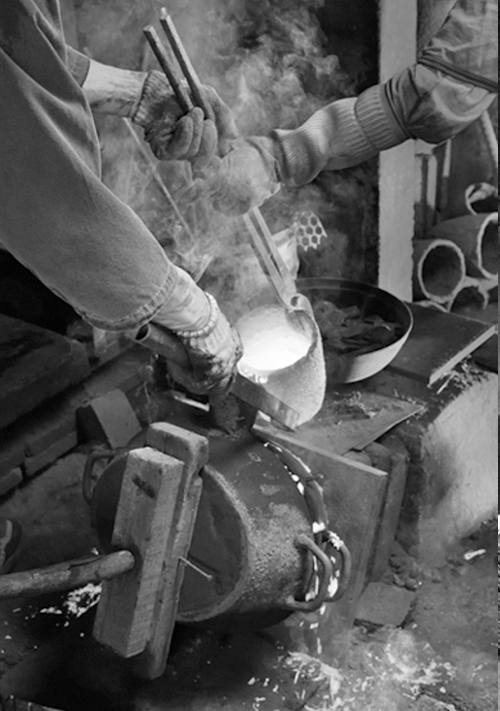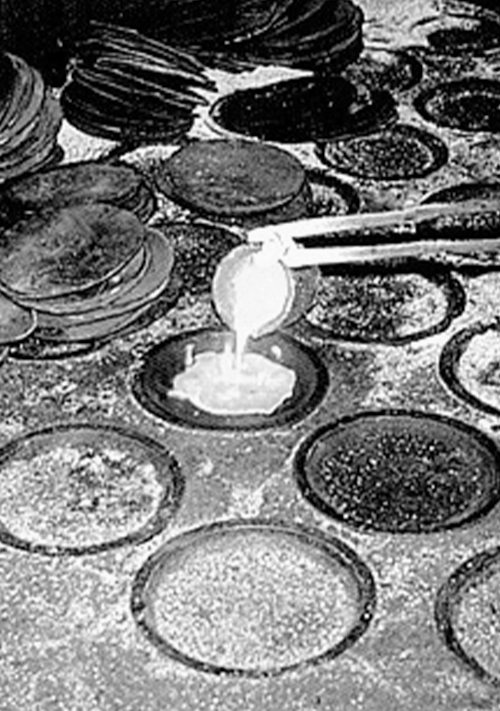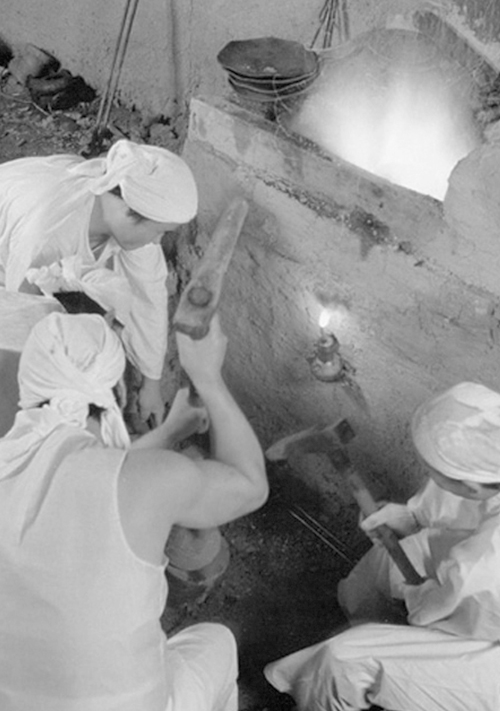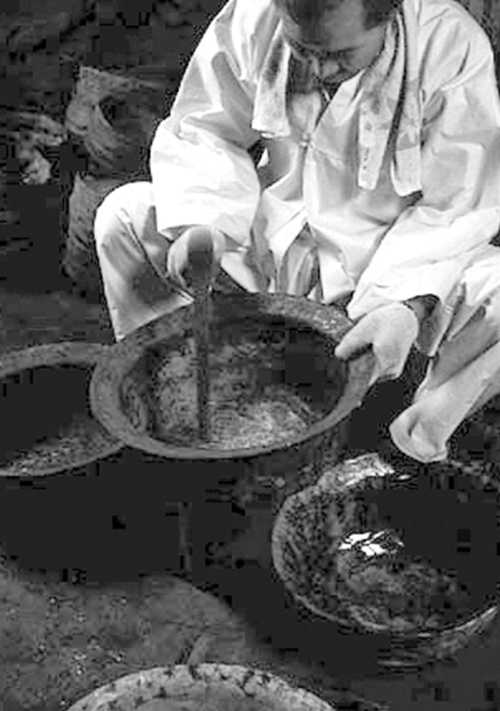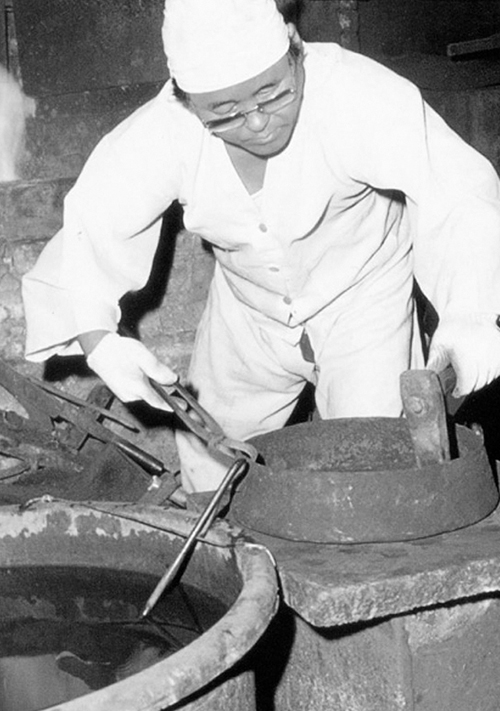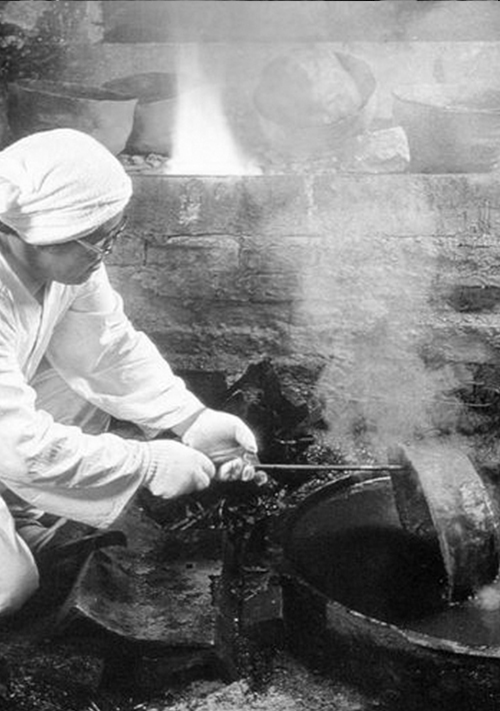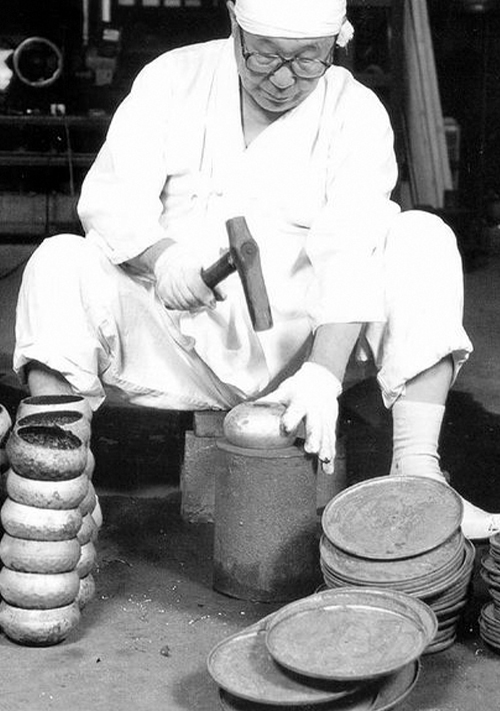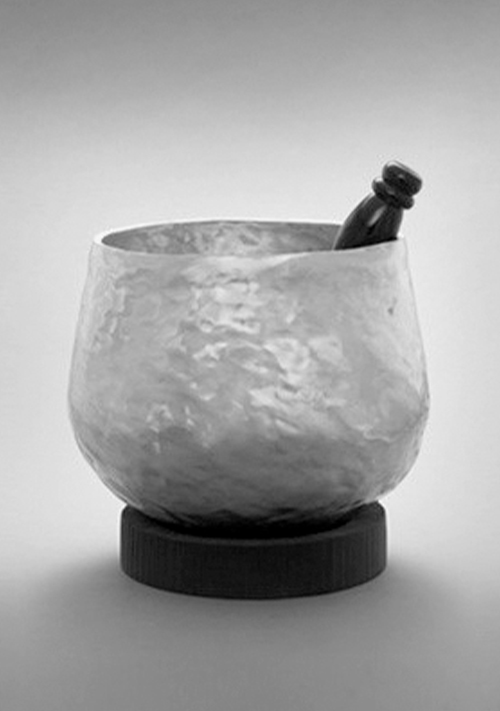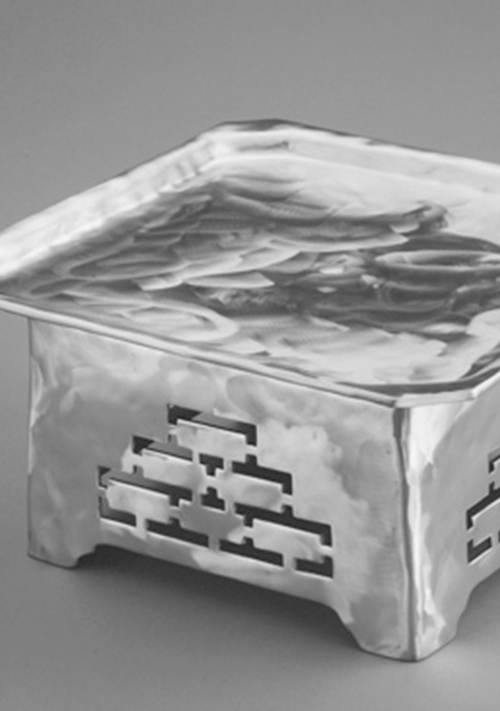For multiple decades Korea’s Jong Duk Lee has been pursuing
perfection in the ancient craft of
, which is a unique form of metal
work.
comes from the Napcheoung region, a northern part of Korea, where
it was originally used to make bell instruments and also tableware and crockery. Lee has dedicated much of his
life to applying the
technique to traditional instrument and object
making, earning an intangible heritage qualification in Korea. He also encourages others to pick up the
remarkable craft through education of younger artisans,
but today 80% of all the
Based in Tokyo, Ryutaro Yoshida has similarly pursued a career dedicated to craft
in Japan as the co-founder of
Time & Style - a
respected design and furniture brand. It produces pieces for famous architects such as Kengo Kuma and sells
its designs through various retailers across the world. For Yoshida, Time & Style is defined by its close
relationship to the craft
culture of Japan and he enjoys working alongside artisans across the nation to form products that honour the
past but are also appealing to a contemporary audience.
With this in mind,
Yoshida was interested in
speaking with Lee about bangjja, a craft he’s curious to learn more about.
It’s also a craft form that could die out – something that Yoshida’s work in Japan aims to prevent for its
craftspeople. Younger
generations have not been able to move bangjja forward and the Korean
government is not giving the craft enough support. But there is immense importance in bangjja - with its
incredible history and the meticulous making process behind it, it forms some of Korea’s most beautifully
made products, as Yoshida and Lee discuss.
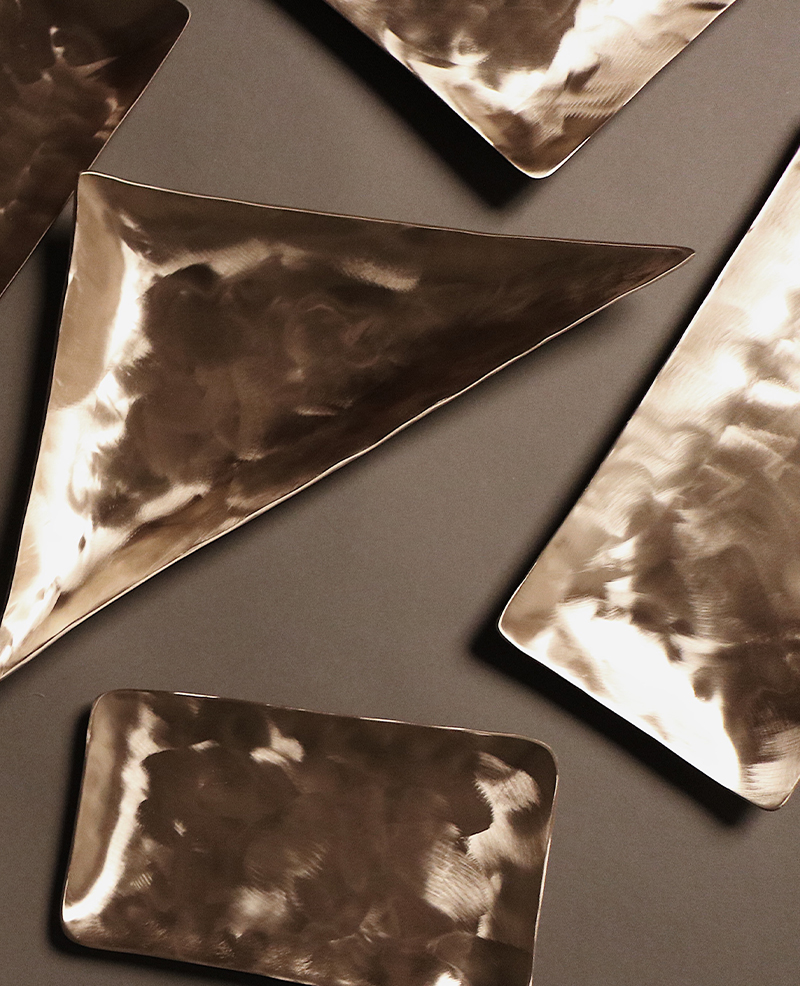 1.
1.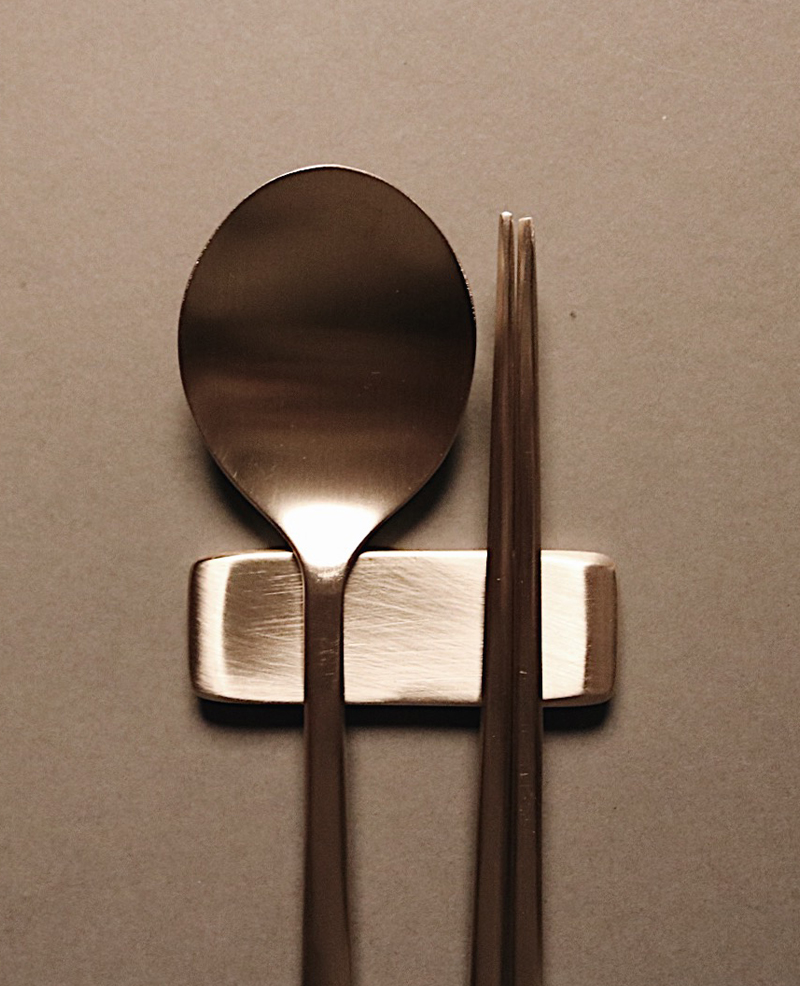 2.
2.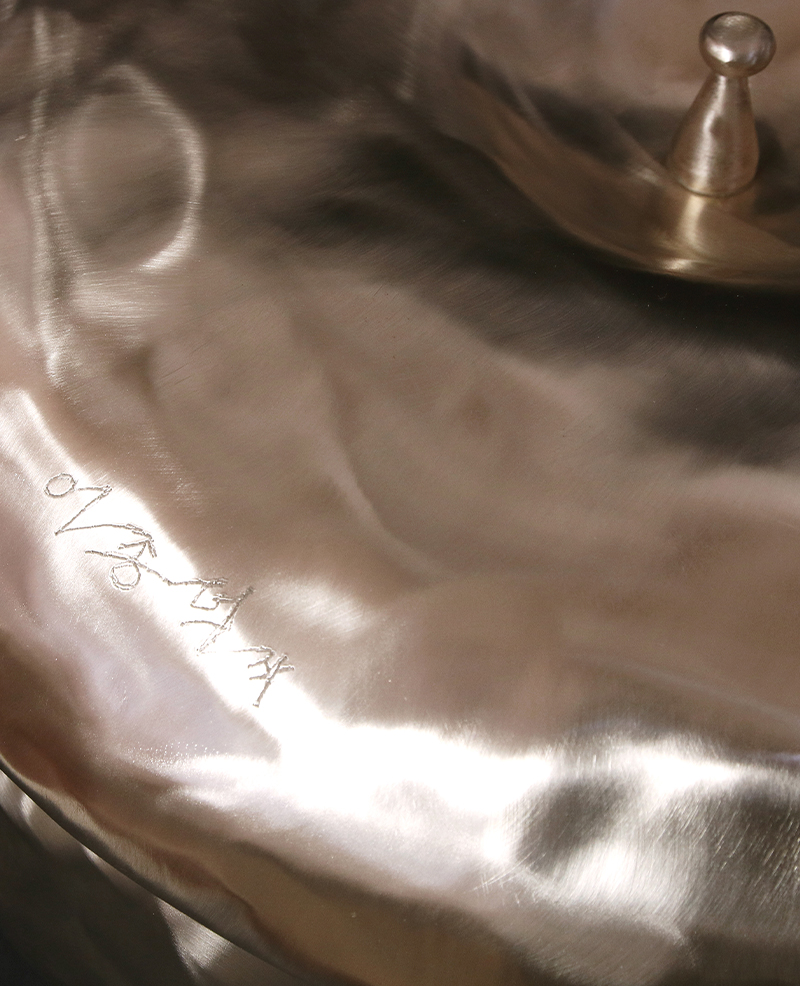 3.
3. 1. Hand-forged plates in different forms
1. Hand-forged plates in different forms 2. Traditional Korean spoon and chopstick sets
2. Traditional Korean spoon and chopstick sets 3. Detail of 항아리 (hangari)—a small jar with Jong Duk
Lee's signature
3. Detail of 항아리 (hangari)—a small jar with Jong Duk
Lee's signature
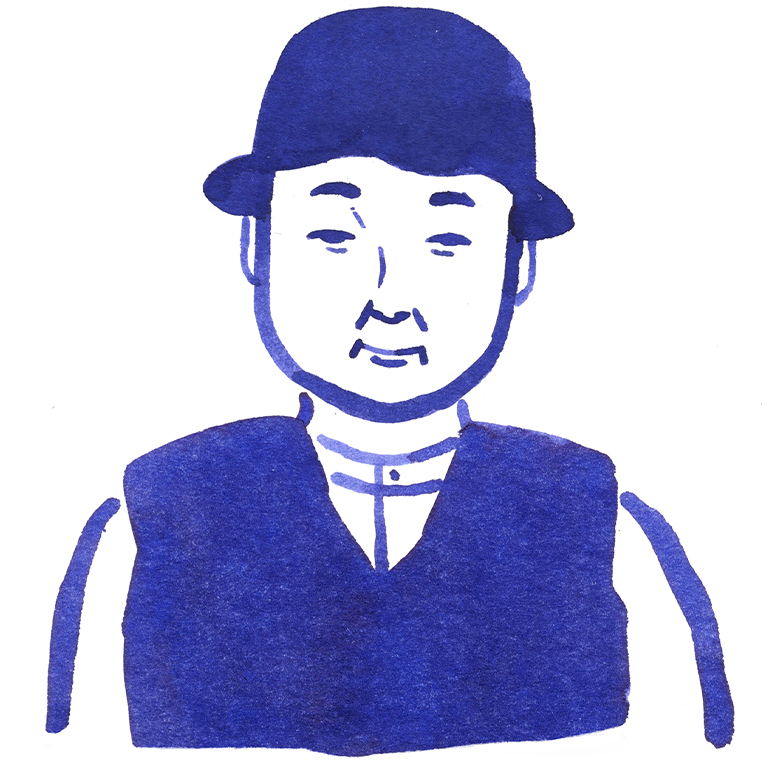 Jong Duk Lee
Jong Duk Lee Ryutaro Yoshida
Ryutaro Yoshida 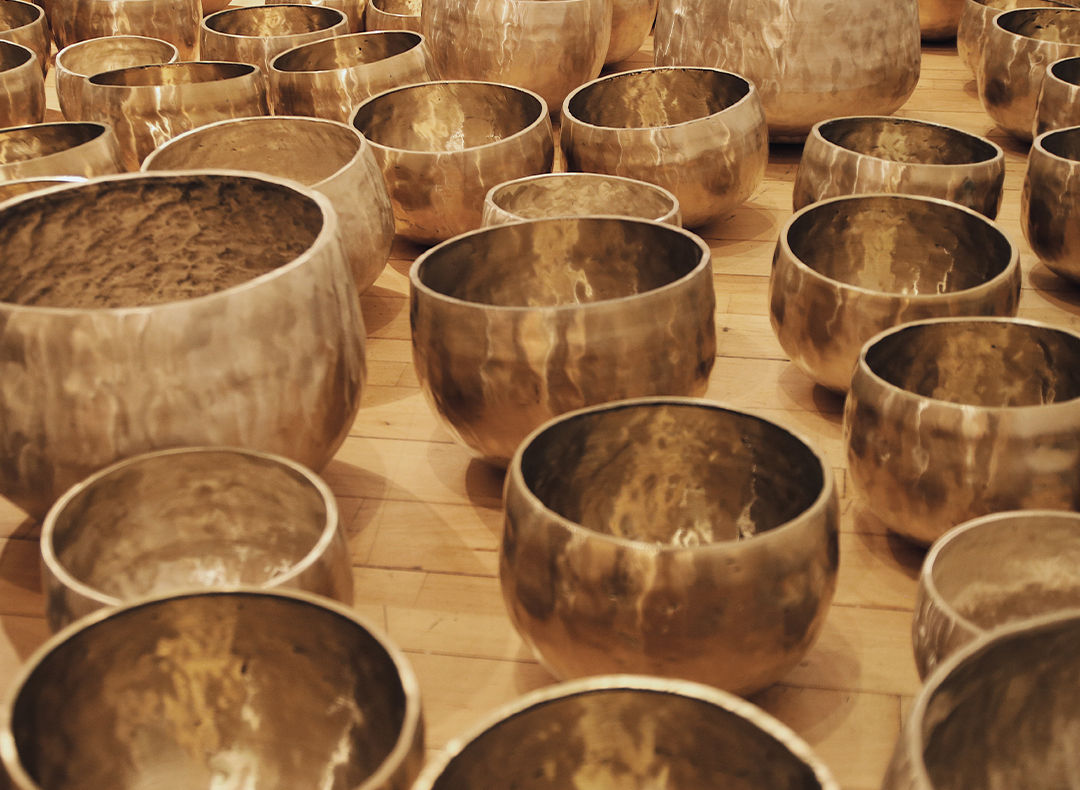 4. 종
4. 종
 5. 항아리
5. 항아리